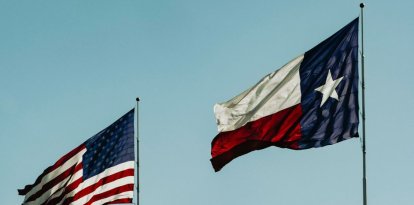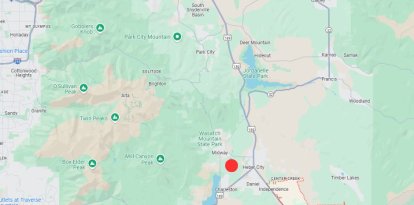Political conflicts hinder California's 'bullet train'
The track was designed to allow travel between Los Angeles and San Francisco in less than three hours. Now the project is years behind schedule and its spending was increased by $80 billion.

""Tren bala"" / Pixabay
California was poised to experience a historic engineering feat. It was the construction of the first bullet train in the United States, which would connect Los Angeles and San Francisco. The more than 380 miles separating California's two most populous metropolitan areas were to benefit from a train that would cut the journey time by more than three hours, traveling at an average speed of 200 mph. By freeway, a Californian takes about six hours; by bullet train, approximately two hours and forty minutes.
According to a report by The New York Times, political disagreements are the main reason why the construction of the train did not go ahead as soon as expected. The major stakeholder and precursor to the construction of the project was former Democratic Governor Jerry Brown. Now, with his successor at the helm, fellow Democrat Gavin Newsom, California will have to keep waiting for its bullet train.
Political conflicts
The Société nationale des chemins de fer français (SNCF, French National Railway Company) was the company that was to be responsible for the construction of the high-speed railway between Los Angeles and San Francisco. With similar projects in Europe and Asia, the publicly-owned French agency came to California with the purpose of benefiting millions of travelers.
Seeing the political conflicts that arose as a result of the project, SNCF decided to leave - because the administrations did not listen to its recommendations - and build in North Africa. Several political representatives believed that diverting the route to cities in Central California and the Mojave Desert would help local economies and more citizens.
"There were a lot of things that went wrong. SNCF was very angry. They told the State that they were going to North Africa, which was, less politically dysfunctional. They went to Morocco and helped them build a rail system," explained Dan McNamara, SNCF's career project manager.
Spending increased by US$80 billion
Problems arose with the diversion of the rail route. At first, it was intended to connect the two metropolitan areas directly, with the construction of tunnels and bridges. Its design was gradually modified to allow the bullet train to link more cities across the Mojave Desert.
Each of the proposals and changes to the route made the project more expensive. When Californians first voted in 2008, initial spending was $33 billion for a project that was to be completed and operational by 2020. Now, the California Speed Rail Authority estimates the final cost to be $113 billion.
With the project still in its first phase, so far only 171 miles of track are under construction. This first tranche is expected to begin operations in 2025.
RECOMMENDATION





















